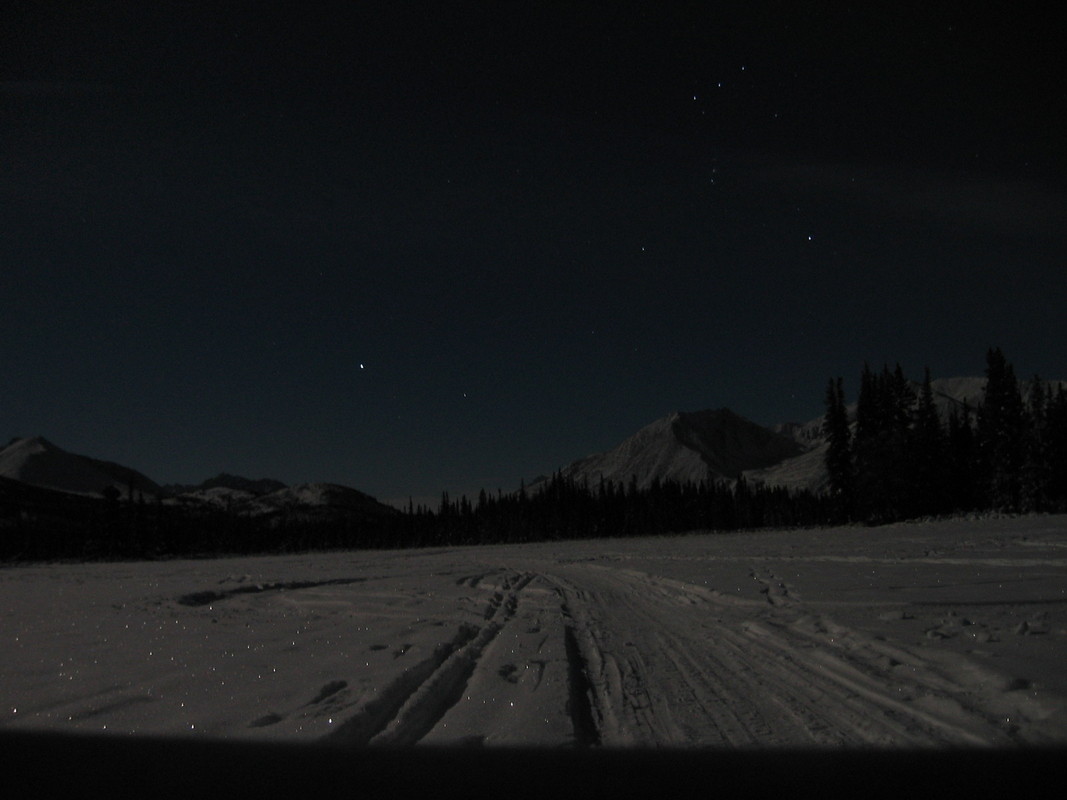It’s DARK!
Well not yet at this exact moment, but having just “fallen back” to Alaska Standard Time, our days suddenly feel a lot shorter. Here we are coming up on 4pm, already on the heels of a quickly-setting sun. That, though, being relative; those of you who’ve visited towards the end of our season are familiar with our long, lingering twilight. So too it is in winter. It just starts earlier and stays darker longer.
So to answer that burning question: just how dark are Alaskan winters?
It varies.
First, let’s look at our celestial milemarkers: summer solstice around June 21, the longest day of the year; autumnal equinox around September 23, one of two times annually when night and day are of equal duration*; winter solstice around December 21, the shortest day of the year; and vernal equinox around March 20.
To dispel a misconception: we at 63 degrees north do actually get daylight in the winter. In fact, depending on the topography in our view shed, most of us even see the elusive glowing orb itself, albeit for a mere 45-ish minutes a day around winter solstice. It’s not that the sun disappears, it just doesn’t get that far above the horizon, instead sleepily making its way along playing peek-a-boo through a valley now and again. But we still have about six hours of usable daylight—think twilight—from roughly 10am to 4pm.
Above the Arctic Circle, however, it’s a different story. This imaginary line demarcates 66 degrees north, the latitude at which the sun neither rises above nor sets below the horizon on the respective solstices. Go further north, and the duration increases. In Barrow, at 71 degrees north, the sun sets from approximately November 18 until January 22, leaving our northernmost city in two months of polar night. Though they, too, still have about three hours of twilight.
People ask if it’s “weird,” or if I’m affected by Seasonal Affective Disorder. No on both counts. What’s weird are the times of rapid change around the equinoxes when we’re gaining or losing an hour of daylight each week. Not to mention, the shorter days are actually a blessing for night owls and late sleepers; it’s the only time of year we’re awake early enough to catch the sunrise. On the flipside, it also means that you don’t have to stay up until the wee hours to catch a glimpse of the aurora or stargaze.
The darkness itself isn’t so scary. In fact, two of my favorite wintertime memories center around darkness. The first was several years back, walking home from a sauna at the neighbors’ cabin. It was very cold. And very dark. And I was very warm. As I was strolling down the center line of the highway (because you can do that up here in winter), I vividly recall feeling comforted by the night sky and the quiet, snuggled deep under a blanket of stars. The darkness felt peaceful, like being wrapped in a giant, warm quilt.
My other memory is of another cold night. 40 below, clear sky, and a spectacular aurora dancing overhead. I put on my insulated overalls and big burly parka, grabbed a thermos of hot chocolate and an ensolite pad, and made for the backyard where I plopped down into the snow, poured myself a drink, and sat back to watch the show.
It’s not for everyone, but I like the darkness. Its tranquility is a nice balance to the intensity of our summer daylight. But even so, everything is best in moderation, and come February and March, you will still find me enthusiastically welcoming our longer springtime days.
*The earth’s atmosphere refracts light, allowing us to observe daylight prior to the actual sunrise. Thus to our perception, the day still appears longer. This is also why the duration of our winter darkness is not an exact mirror image of our summer daylight.




